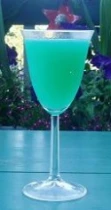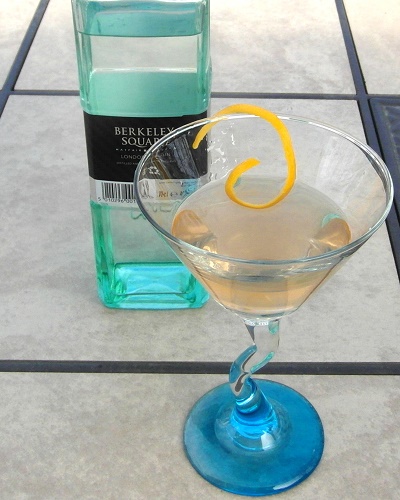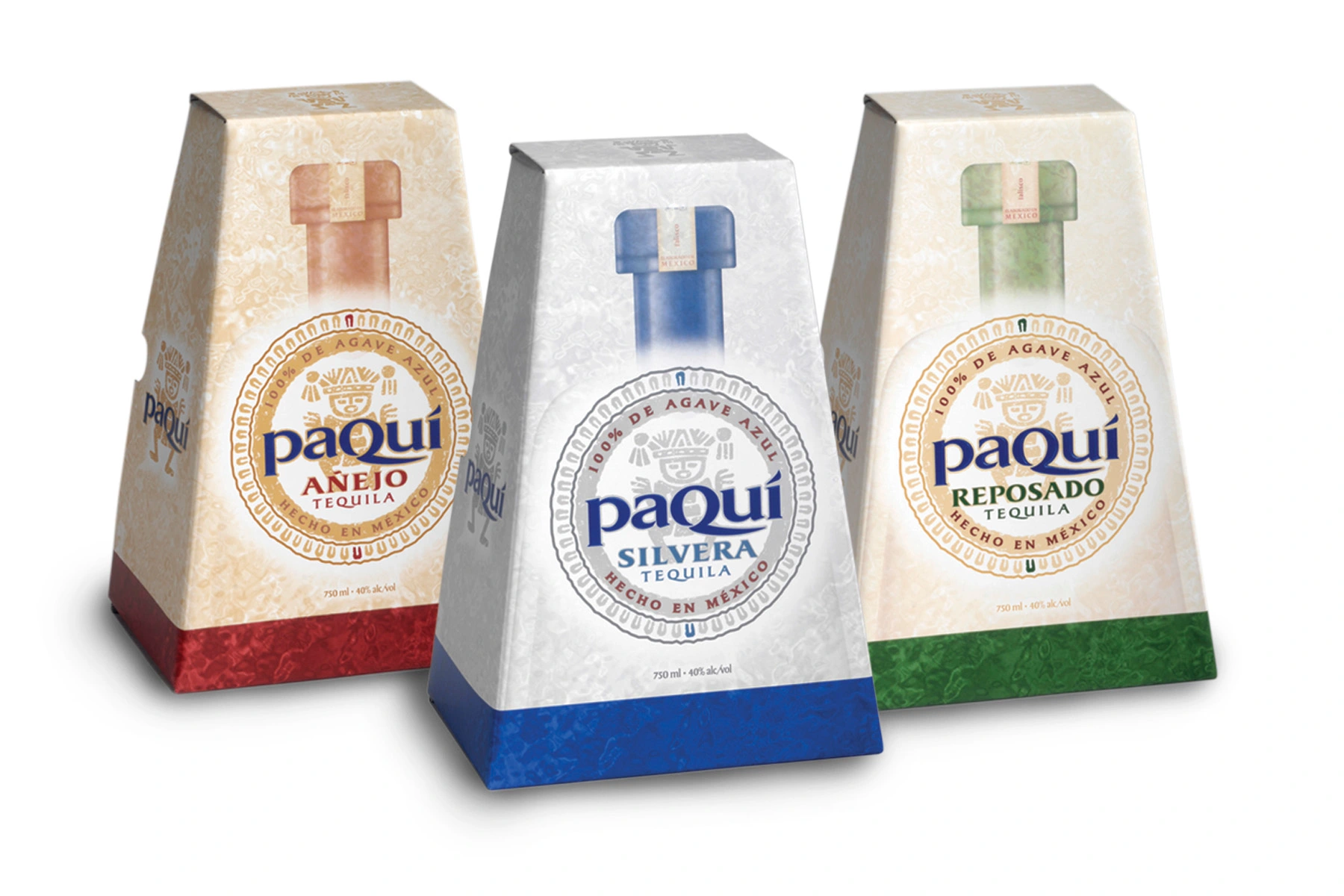Demerara Distillers’ Diamond Distillery Tour
The Diamond Distillery sits on the East Bank of the Demerara River near Georgetown, Guyana. The Distillery, originally attached to the now closed Diamond Sugar Estate, is home to Demerara Distillers Limited (DDL). Although the Diamond Distillery is the last surviving rum distillery in Guyana, the history of rum production in this South American country stretches back as far as the mid-seventeenth century. According to the DDL website, it all began in about 1650 when the British introduced the art of distilling to the sugar plantations in Guyana. Within 25 years, almost every sugar plantation had a small Rum Still attached to it, and the history of Demerara Rum had begun. By the eighteenth century, over 200 separate sugar plantations (or Estates) were involved in rum production.
(One of the more famous estates, The Port Mourant Estate was established in 1732, and the unique rum from its large Double Pot Wooden still became an important part of the rum of choice for the Royal British Navy. This famous still continues to produce its ‘navy’ style rum at the Diamond Distillery over 250 years later.)
 It was in the late nineteenth century that the rum industry in Guyana began to consolidate. The Sugar Plantations began to close, and many of the distilleries had ceased production. Demerara Distillers recognized that many unique styles of rum could be lost with the closure of distilleries, and began a program to preserve and consolidate the old Stills and equipment at the last surviving estates, eventually at their facility at the Diamond Distillery. By 1999, this process was largely complete, and the Diamond Distillery was able to reproduce many of the original marques of rum from various estates, with many of these marques being produced on the same original Stills as before.
It was in the late nineteenth century that the rum industry in Guyana began to consolidate. The Sugar Plantations began to close, and many of the distilleries had ceased production. Demerara Distillers recognized that many unique styles of rum could be lost with the closure of distilleries, and began a program to preserve and consolidate the old Stills and equipment at the last surviving estates, eventually at their facility at the Diamond Distillery. By 1999, this process was largely complete, and the Diamond Distillery was able to reproduce many of the original marques of rum from various estates, with many of these marques being produced on the same original Stills as before.
I was given a unique opportunity to witness this facility in operation when I was invited by Demerara Distillers and Woodman Wines and Spirits to travel to Guyana for a very exclusive tour of their operations. Led by Operations Manager, Lennox Shaun Caleb, I was allowed to tour the Diamond Distillery on April 14, 2012 with a small group of Canadian Spirits Writers and Restauranteurs. Some of the Stills I saw in operation were over 250 years of age, and they are still producing (as closely as possible) the same historic marques of rum which they produced on the estates from whence they came. Superimposed upon the scene of ancient Stills and equipment is the dichotomy of a brand new distillation plant which works side by side with the historic stills. The new distillation plant represents a bridge to DDL’s future of new technology and methods of production. However, by continuing to operate the old plant and maintaining the unique marques of rum upon which the company built its original success, the foundations for that bridge to the future have been set firmly in their historic past.
 One of the first things our group looked at was the Yeast Plant. DDL propagates the yeast in a three-step process under controlled conditions of temperature, acidity and feedstock (Brix), and its growth is closely monitored. As the yeast culture grows, it is fed from a small tank in the first stage into two larger yeast tanks where the process is allowed to continue. As the yeast culture further expands in concentration the yeast is again diverted into four even larger tanks where the process is completed. When the proper characteristics of growth and concentration are achieved, the yeast is ready to be added to the fermentation tanks.
One of the first things our group looked at was the Yeast Plant. DDL propagates the yeast in a three-step process under controlled conditions of temperature, acidity and feedstock (Brix), and its growth is closely monitored. As the yeast culture grows, it is fed from a small tank in the first stage into two larger yeast tanks where the process is allowed to continue. As the yeast culture further expands in concentration the yeast is again diverted into four even larger tanks where the process is completed. When the proper characteristics of growth and concentration are achieved, the yeast is ready to be added to the fermentation tanks.
(The picture to the right shows the final (largest) yeast tanks. Each of the four large tanks holds approximately 1100 gallons of cultured yeast and molasses wash.)
As well as viewing the Yeast Plant, we were also taken to the fermentation area. The base material for fermentation is, of course, molasses which is a by-product of sugar production. The fermentation generally lasts about one and quarter days, and involves adding the cultured yeast to the molasses in large fermentation tanks. The yeasts convert the sugars from the molasses into alcohol producing what is called a ‘fermented wash’ which is ready for distillation (the alcohol content of the wash reaches about 6 – 7 % by volume).
(As a side note, DDL purchases molasses from the state-run sugar manufacturing facilities. Most of this molasses is obtained from sugar cane which was grown in the fertile alluvial plains of Demerara County. Thus the rum produced by DDL is known worldwide as Demerara Rum.)
_______________________________________________________________________________________________________________________________________________________________________________
The Diamond Distillery uses two styles of fermentation tanks in its fermentation process.

Open Fermentation Tank
The first style I witnessed was the ‘open air’ Fermentation Tank. If you look closely at the picture above, you can see some sort of black organic growth at the top of the tank. Although these tanks are cleaned periodically, the organic elements in the natural environment are considered by the plant to be essential to the final character of the distillation. In fact, these open tanks allow all kinds of environment agents to interact with the fermentation. Since the plant is located in the unique area of the world known as Demerara County, below sea level, the fermentation is exposed to environmental factors not found anywhere else in the world, particularly given its close proximity to sugarcane cultivation. The environmental agents which make their way into the fermentation tank contribute to the unique character of the final Demerara Rum.

CO2 Recovery in the Closed Fermentation Tanks
The plant also contains closed fermentation tanks which are part of DDL’s Carbon Dioxide (CO2) Capture Program. CO2 is a byproduct of fermentation, and it is captured to produce liquefied gas for the DDL’s aerated beverage plant (DDL manufactures a number of carbonated beverages including Pepsi Cola). The liquefied CO2 is also used as cylinder gas for industrial uses, and for the manufacture of dry ice for the frozen food industry. As part of DDL’s commitment to going green, up to 60 % of the CO2 produced by fermentation is potentially captured and diverted for manufacturing and industrial use.

Rectifying Column (French Savalle Still)
Distillation occurs in two separate but closely integrated plants. The first plant we visited (which I will call the old plant) contains what Demerara Distillers calls its Heritage Stills. These are the Stills which DDL has moved to the Diamond Distillery from other sugar plantations to preserve the original marques of rum which have made Demerara Rum famous throughout the world. The old plant contains eight Stills in all, which are still fully functional for producing original marques of rum.
The first of the heritage stills which I saw up close was the Four Column French Savalle Still. The Original French Savalle Stills (No.1 and No.2) were obtained from the eighteenth century Uitvlugt Estate on the West Coast of Demerara County. They are each capable of producing a wide assortment of marques (nine in all) from very light rums to medium-bodied rums. The Savalle Still is comprised of an ‘Analyser’ column which receives the fermented wash and completes the first distillation. From the Analyser column, the distillate next passes through the ‘Boiling,’ ‘Aldehyde,’ and/or ‘Rectifying’ columns (latter is shown right). Thus the distillate may be distilled in two, three or four columns.

Analyser Column (Original Coffey Still)
After viewing the Savalle Stills, I was next shown the metal Coffey Still which is original to Diamond Estate. The Coffey Still is a two column Still comprised of an ‘Analyser’ column (shown left) and a ‘Rectifying’ column. Like the Savalle Still, the Coffey Still is a Continuous Column Still. In this style of Still, the fermented wash is added to the top of the ‘Analyzer’ column, and steam is injected at the bottom. The hot steam evaporates the alcohol which rises to the top of the column before passing to the ‘Rectifying’ column. The process is not immediate as some (actually most) of the alcohol vapour may condense on the trays in the ‘Analyzer’ before it reaches the top of the column, and falls back to lower trays to begin the process of evaporation then condensation once again. (This cascade of liquid evaporating, the vapour rising and condensing, then the condensed liquid falling back to be evaporated again, all repeated until the alcohol vapour reaches the top of the column, is called reflux.) After passing through the Analyser column, the alcohol vapour then passes to the ‘Rectifying’ column where it repeats a similar cycle of reflux. The Continuous Column Stills have the versatility to produce a range of heavy to light-bodied rums depending on how the Distiller controls the distillation process. By varying certain parameters, the Distiller is able to produce more (or less) congeners (which add flavour and body) in the final distillate.
_______________________________________________________________________________________________________________________________________________________________________________

Scale model of the EHP Wooden Coffey Still
DDL’s old plant contains one of the most famous Coffey stills in the entire world. This is the EHP Wooden Still or Wooden Continuous Coffey. In my past writings I have stated that I consider the EHP Wooden Coffey Still to be one of the Great Wonders of the Rum World. It was constructed in 1880 at the Enmore Estate (over 130 years ago), and it continues to operate at the Diamond Distillery today. Unfortunately I was not able to capture a good picture of this majestic still, but I did manage to photograph a scale model of the still at the Demerara Rum Heritage Center. On the day of the tour the still was not producing rum, but the still is fully operational and when called upon can produce three separate marques of rum for the distiller (EHP, ELCR and MD).

Single Wooden Pot Still (Versailles Still)
The old plant is home to yet two more wonderful ancient ‘historical’ Stills, called the Single and Double Wooden Pot Stills. The Single Wooden Pot Still (Versailles Still) was originally part of the Versailles Estate on the West Bank of the Demerara River. This wonderful still is over 250 years old, and like the Wooden Continuous Coffey Still it is fully operational, and when called upon manufactures yet another unique marque of rum for the distillery. This pot or ‘vat’ style Still is comprised of a large wooden pot, a large copper alembic (which I am told causes massive reflux), and the VSG Rectifier column.
The plant also houses a large Double Wooden Pot (Port Mourant or PM Still) which originated at the Port Mourant Estate. (This Double Wooden Pot Still is shown below). It has two large wooden Pots connected in series by a large copper alembic with the second wooden pot feeding the PM Rectifier (again via a large copper alembic). Like the Single Wooden Pot Still, each large copper alembic creates massive reflux which results in a full-bodied highly flavourful rum.
_______________________________________________________________________________________________________________________________________________________________________________
The rum produced from these ancient Wooden Pot Stills, unlike the rum produced from the continuous column stills, is created in batches. The fermented wash is placed inside the wooden pot to be boiled. As the wash boils the alcohol vapour travels up the alembic and is condensed to be further processed by the rectifiers which remove methanol and unwanted congeners from the final rum. After all of the fermented wash has been processed, the pot is emptied and the process may be repeated. It is these Large Wooden Pot stills which produced the bulk of the original ‘Navy Rum’ for the Royal British Navy in the 19th Century. Today the tradition of selling Traditional Navy Rum continues, using the rum produced by the Large Double Wooden Pot Still for the bulk of this rum blend.

That is me atop the Double Wooden Pot (Port Mourant or PM Still)
_______________________________________________________________________________________________________________________________________________________________________________

‘John Dore” High Ester Still
The final working Still within the old plant is the High Ester Still which I believe is more properly called the ‘John Dore” High Ester Still. This Still is used for special projects when a particular rum blend calls for a certain flavourful taste profile.
 The Old Plant also contains a Still which seems to be connected to my homeland. The Tri-Canada Column Still (which like the other heritage stills) is completely functional. I was told that this still was used in the past mainly to produce Vodka-quality Neutral Alcohol. Although Vodka production has been moved to the new plant, the marques this Still is capable of producing are still available to Demerara Distillers.
The Old Plant also contains a Still which seems to be connected to my homeland. The Tri-Canada Column Still (which like the other heritage stills) is completely functional. I was told that this still was used in the past mainly to produce Vodka-quality Neutral Alcohol. Although Vodka production has been moved to the new plant, the marques this Still is capable of producing are still available to Demerara Distillers.
(As another side note, I was allowed to sample some of DDL’s Premium Ivanoff Blue Vodka on more than one occasion during my stay in Guyana, and I found it to be a very nice smooth vodka with a very light cane flavour. The Ivanoff brand is the best-selling Vodka Brand in Guyana which demonstrates that DDL is capable of distilling more than just great rum.)
_______________________________________________________________________________________________________________________________________________________________________________

Operations Manager (Lennox) Shaun Caleb in front of the New Plant
The old plant at the Diamond Distillery was an absolute joy for me to visit. It was almost like being allowed to step through a gateway in time. The ancient wooden stills (three in all) left me quite breathless. Knowing that some of the original Stills were operating more than 200 years after they were constructed, and that I had been allowed to see them up close, to touch them, and in one case to stand upon one of them while it was in operation, was an experience that left me humbled.
However, my tour of the Diamond Distillery was not complete as Demerara Distiller’s new distilling plant was to be the next stop. The dichotomy between the old and the new was striking. Quite fittingly, the new plant (which represents DDL’s future) is built directly beside and functions in conjunction with the old plant (which represents DDL’s past). This new facility is not meant to replace the old plant. Rather it is meant to function alongside of it giving the distillery the capacity to increase production capabilities while still allowing the company to maintain production of the important marques of rum needed to produce their flagship brands. Instead of replacing the old marques of rum, DDL plans to maintain them. As I said at the beginning of this article, this new modern plant is designed and built to be a bridge to Demerara Distillers future, while at the same time the old plant gives that bridge solid foundations in their historical past.
The plant is an outdoor facility and contains two modern stills, a high-capacity Continuous Five Column Still, and a Coffey Still. The technology in the new plant is completely up to date, and as such the control which the Operations Manager (Shaun Caleb) can exercise over the distillation is impressive. Many new marques of rum will be available to the Distillery, and new economies of scale are achievable. I was told that as Operation Manager, Mr. Caleb (a Princeton Graduate of Chemical Engineering) supervised the entire construction of this plant. As such he is intimately familiar with all aspects of its design and is superbly qualified to manage its operation. He knows where every pipe and every nut and bolt are, but more importantly he knows why they are where they are.
DDL is slowly moving more and more production to the new plant, and I feel fortunate that I was able to visit the distillery at such a critical time in its evolution. DDL is embracing the future, but more importantly, they continue to embrace their past.
_______________________________________________________________________________________________________________________________________________________________________________
Note: This article was written shortly after my tour of the DDL facilities in April of 2012. I am very sorry for the delay in Publication.
_______________________________________________________________________________________________________________________________________________________________________________








Fleur said
I agree with Winellama, this is so helpful. What a nice break when studying the spirits exam. I feel like have been to DDL! 🙂 Thanks!
winellama said
This is very helpful – I’m studying for my WSET Diploma spirits exam. Thank you for posting it!
roberto said
huge! thank you very much!